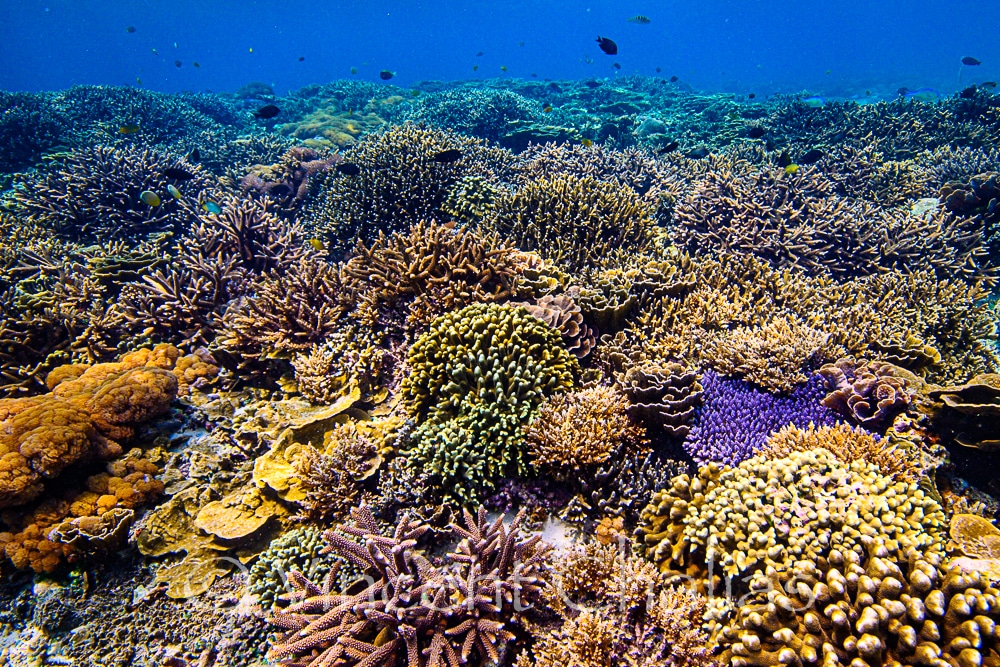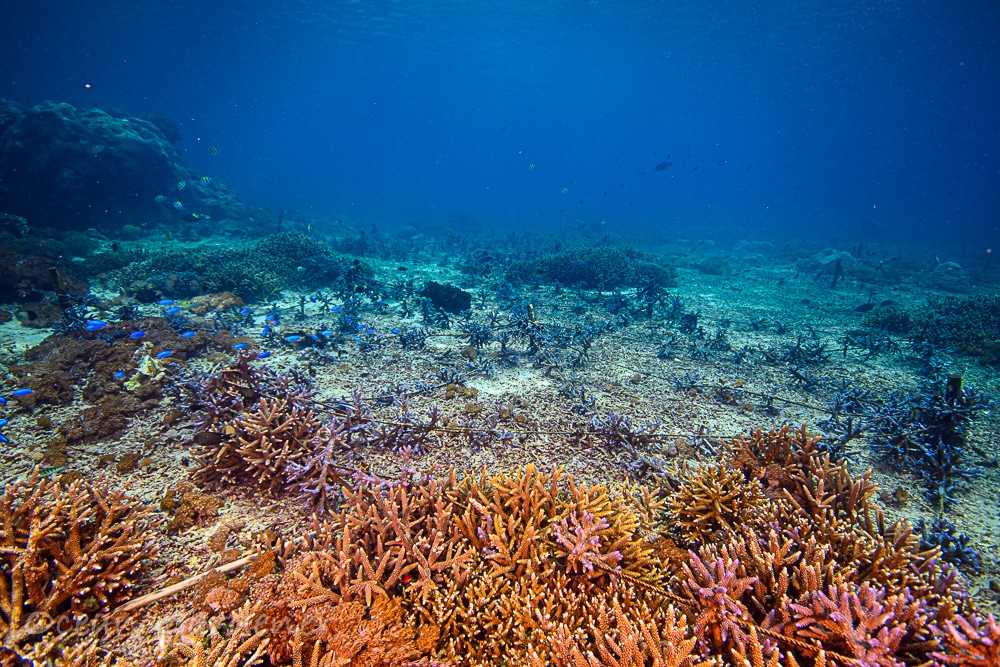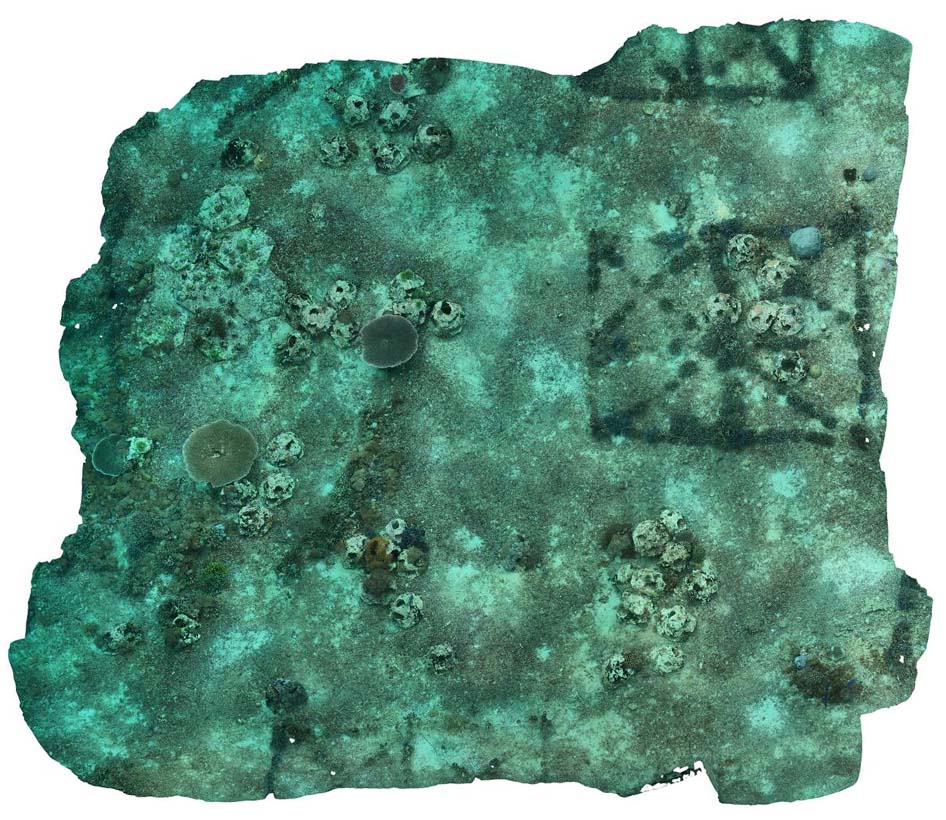Coral reef restoration is a complex undertaking, and monitoring is absolutely critical to its success. It’s not enough to simply transplant corals and hope for the best. Monitoring provides the essential feedback loop that allows us to understand if our restoration efforts are working, where they are falling short, and how we can adapt our strategies to achieve the best possible outcomes. Without consistent and rigorous monitoring, we risk wasting resources on ineffective techniques and failing to address the underlying issues that led to reef degradation in the first place.
Monitoring is fundamental to any coral reef restoration and reef management project. It goes beyond just checking if corals are still alive. Effective monitoring provides data that allows us to quantify changes in coral cover, track growth rates, assess biodiversity, and evaluate the overall health of the restored reef compared to control sites. This data is essential for demonstrating the value of restoration projects to stakeholders, securing continued funding, and contributing to the growing body of knowledge on reef recovery.
Selecting and setting up the monitoring area is an important step in the restoration process. This involves carefully choosing representative sites that capture the diversity of the restoration area and establishing permanent markers to ensure consistent data collection over time. The process involves regular and systematic observation of both the restored and natural reef ecosystems. This allows us to assess the evolution of reef health, rigorously evaluate the effectiveness of different restoration methods, and proactively identify any potential issues, such as disease outbreaks or predation, that may hinder the project’s success.

Key aspects to consider for monitoring a coral reef restoration project

- Define monitoring goals: A lot of data can be collected. So the first step in designing a monitoring program is to clearly define the goals of the project and the monitoring method. This may include measuring the growth, survival, and coral cover of coral colonies, assessing changes in biodiversity and community structure, and monitoring water quality…
- Establish baseline data: Before the restoration activities begin, it’s important to collect baseline data on the state of the reef ecosystem. This may include information on the coral cover, species diversity, and abundance of fish and other organisms.
- Choose appropriate monitoring methods: There are various methods for monitoring coral reefs, such as visual and observation surveys, transect, and remote sensing (Especially for water quality) or 3D photogrammetry. All the different methods have different outcomes, costs, and time…
- Establish a monitoring schedule: Monitoring should be carried out at regular intervals to track changes over time. This may include monthly, quarterly, or annual surveys depending on the project timeline and the specific goals.
- Collect and analyze data: Data collected during monitoring should be analyzed to evaluate the progress of the restoration project. This may involve statistical analysis to identify trends and patterns in the data, as well as the development of visualizations and maps to illustrate the results.
- Adjust restoration activities as necessary: The results of monitoring can help guide the decision-making process and inform any necessary changes to the restoration approach. For example, if the monitoring data shows that coral growth rates are lower than expected, adjustments may need to be made to the placement or type of coral used in the restoration.
Monitoring helps you to identify and correct possible mistakes. It’s a decision-making tool.

3 different methods of coral monitoring
Overall, monitoring is a critical component of any coral reef restoration project, providing valuable information to guide decision-making and ensure the success of the project.
This is something covered in Week 1 of 4 in our Full Coral Restoration Certificate. We review the 3 different methods of coral monitoring covered in the course.
Rapid Reef Assessment (RRA)
Rapid Reef Assessment (RRA) encompasses various methods for quickly evaluating coral reef health, providing a broad overview of reef condition. Often employed as a fast, inexpensive, and qualitative way to quickly grade dive site conditions, RRA is particularly effective when time and cost are limited, making it very useful for coral reef management. These methods generally fall into three main categories: visual surveys (where divers assess parameters like coral cover and diversity), photographic and video surveys (including advanced techniques like 3D photogrammetry to create detailed reef records), and acoustic monitoring (using underwater soundscapes to infer reef health). While each approach has trade-offs between speed and detail, RRA prioritizes efficiency, allowing for the evaluation of large areas or multiple sites by focusing on key indicators. Examples include programs like AGRRA and technology-driven systems like ARRAS, all aimed at providing rapid insights for reef management decisions.
Line Band Video Transect
In the Line Band Video Transect method, a diver records video footage while swimming along a transect line, creating a permanent visual record of a specific reef section. This video is subsequently analyzed to extract key ecological information, including coral cover (percentage of live coral), species diversity (number and abundance of coral species), and substrate composition (bottom types like sand and rubble). Although video recording is straightforward, the analysis is labor-intensive, requiring detailed examination of the footage. The method’s strength lies in providing robust quantitative data for Coral Reef Restoration, enabling effective monitoring of reef changes and evaluation of restoration efforts.
3D photogrammetry
3D photogrammetry is a technique that creates detailed three-dimensional models of coral reefs from overlapping photographs. Divers capture numerous images of the reef from various angles, and specialized software then processes these images to determine camera positions and generate a 3D point cloud, which is used to construct a precise 3D model of the reef’s surface. This method offers significant advantages for coral reef monitoring, providing accurate measurements and detailed visual representations that enable researchers to track reef changes over time and assess coral health with precision.
However, 3D photogrammetry also presents challenges. While the resulting models yield a rich dataset, reducing the need for multiple surveys, the image acquisition phase can be labor-intensive, the software and processing require considerable expense and computing power, and skilled personnel are often needed to ensure accurate data collection and analysis.

Ultimately, the long-term health of restored coral reefs hinges on diligent monitoring. By rigorously tracking reef conditions, we can proactively identify and address threats, ensuring the sustainability of our restoration efforts and providing quantifiable proof of their efficacy.
If you’re committed to becoming a proficient coral restoration practitioner, our full certification course will equip you with the essential monitoring knowledge and techniques.